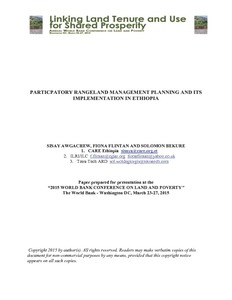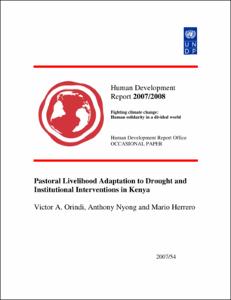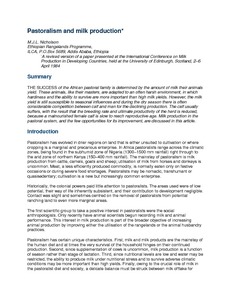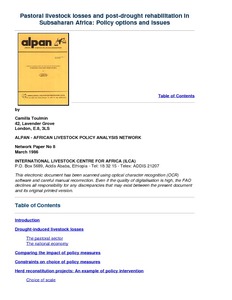Participatory rangeland management planning and its implementation in Ethiopia
The pastoral and agro-pastoral areas of Ethiopia cover around 65% of the country’s surface area. Rangeland resources are managed under collective common property arrangements, which are increasingly coming under pressure from both internal and external forces of change including alternative, but not necessarily ‘appropriate’, land uses.







